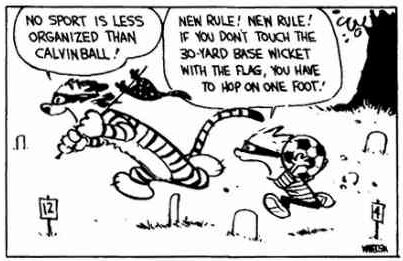3 August 2019
The club sandwich, or club house sandwich, as it is usually prepared today, consists of three slices of bread, between which is layered turkey or chicken, ham or bacon, lettuce, tomato, and mayonnaise. It is typically served quartered and held together by cocktail sticks.
But why club? How did it get its name? The answer is an unsatisfactory “we don’t know.” The sandwich originated in one or another social club or perhaps on the club cars of trains. The exact origin has been lost in the mists of time, but we do know that it originated in the United States at the turn of the twentieth century.
The earliest use of club sandwich that can be precisely dated comes from the New York Evening World of November 18, 1889:
Have you tried the Union Club sandwich yet? Two toasted slices of Graham bread, with a layer of turkey or chicken and ham between them, served warm.
But before we declare the Union Club of New York as the originator of the sandwich, there is this from the menu of Kinsley’s Restaurant in Chicago, also probably from 1889 (the date is somewhat uncertain):
Sandwiches—Club
Club sandwiches start popping up on a lot of restaurant menus from about this date. (Menus often aren’t dated, so this makes a precise chronology difficult.) There is also this one from the Lehigh Valley Railroad from about 1890:
Club Sandwich, Double 50 cents, single 30 cents
If the sandwich arose on the railroad, as opposed to in a social club, then then the club in the name would probably refer to the club car of a train.
And by 1893 the sandwich had reached the Pacific Coast, as the Woodland Daily Democrat of 18 May of that year makes reference to a “Bohemian Club sandwich,” a reference to the Bohemian Club of San Francisco.
These early versions were not as complex as the sandwich we know today. Here is a description of one from the Bucks County Gazette of Pennsylvania from 27 December 1894:
Club Sandwiches.—These are very tasty for after-theatre suppers, and are made of very thin white bread and butter, with the cold white meat of chicken, salted and peppered and laid on a leaf of lettuce, between the bread. Again, chopped green peppers or capers may be sprinkled over the chicken when the lettuce is omitted.
The triple-decker club sandwich that we know today was in place by the 1940s. Here’s a recipe from the US Department of Agriculture from 1942:
Club Sandwich
Toast
Lettuce
Cooked bacon or ham
Cold sliced chicken
Large, ripe, skinned tomatoes, sliced thin
Thick salad dressing
Radishes, olives, or pickles
Make double-decker sandwiches with slices of toasted bread from which the crust has been removed and the other ingredients arranged in layers of lettuce, bacon or ham, chicken, and tomato, with enough salad dressing to moisten. Insert toothpicks to hold the sandwiches together and garnish with crisp lettuce and radishes, olives, or pickles.
Source:
Barrypopik.com, retrieved 3 August 2019.
Meat…for Thrifty Meals, Farmers’ Bulletin no. 1908, US Department of Agriculture, 1942, 36.


